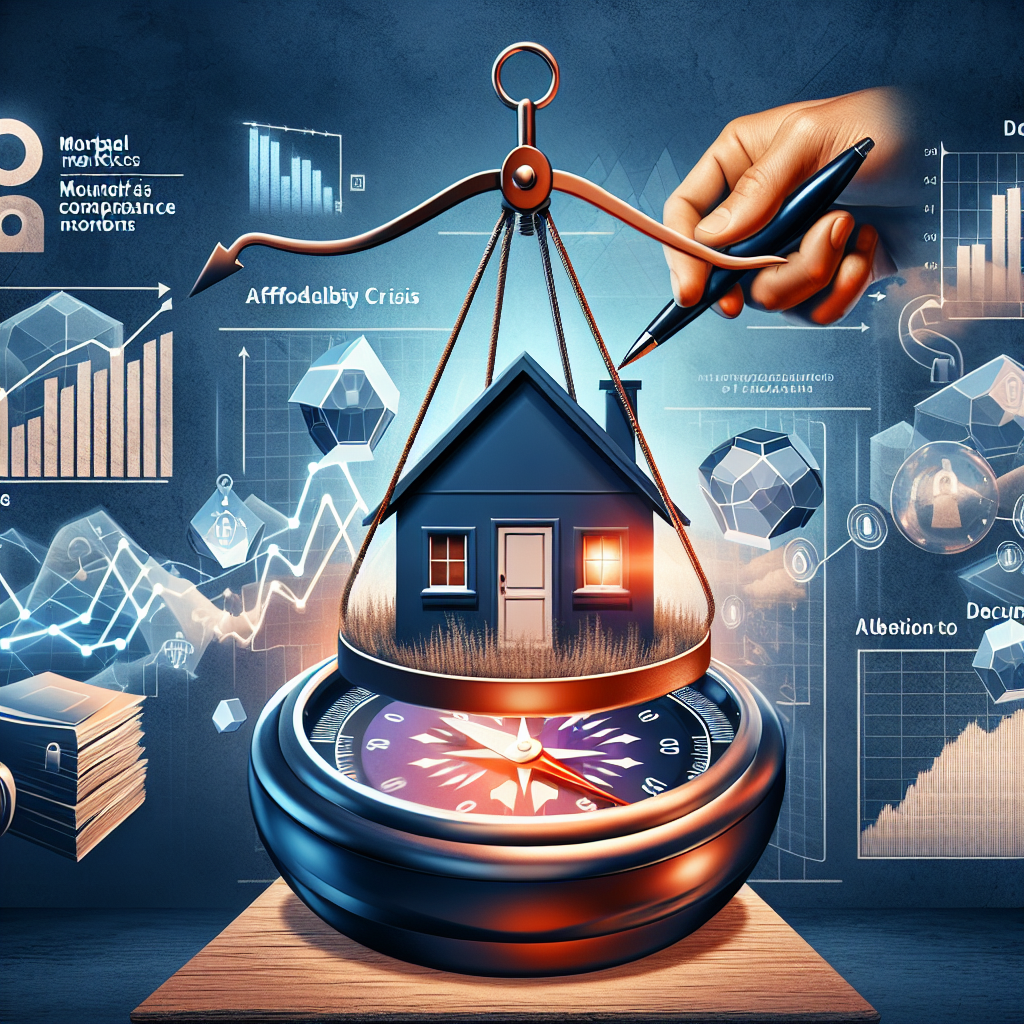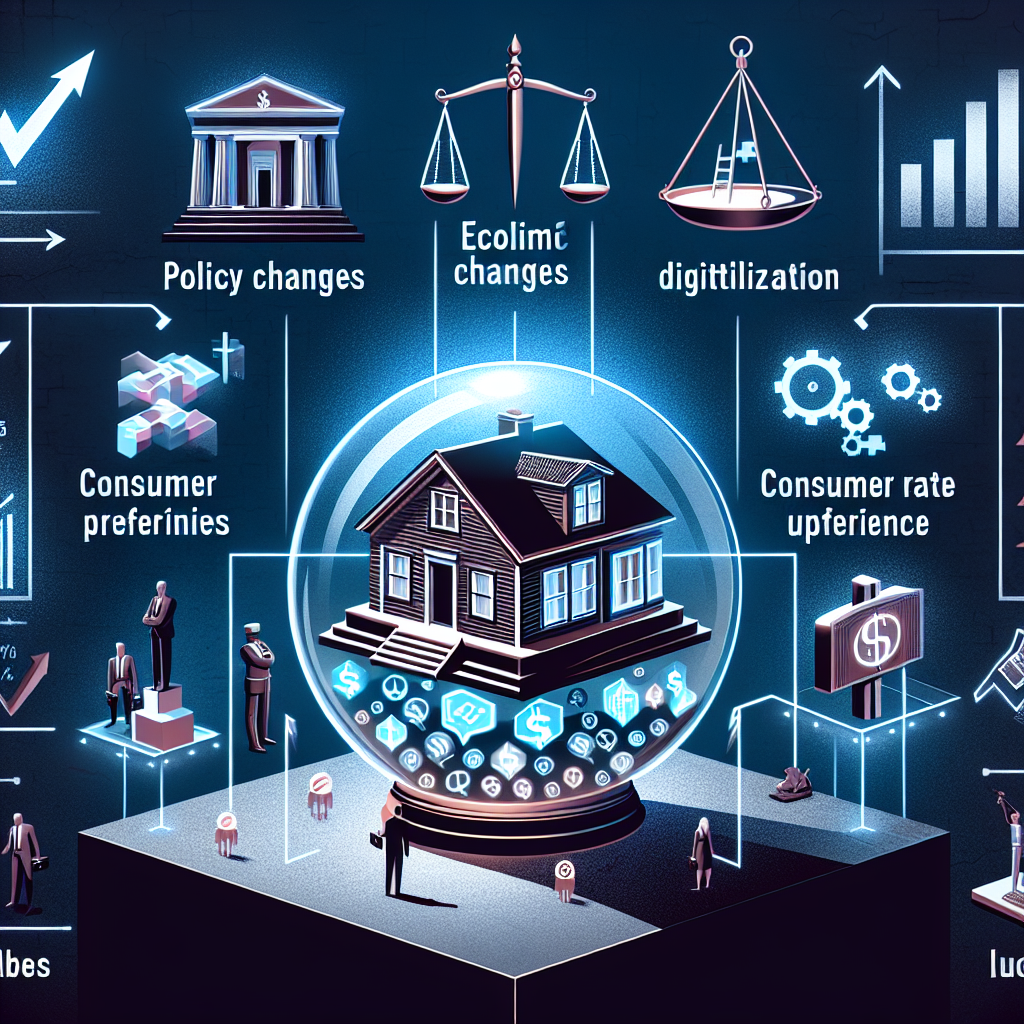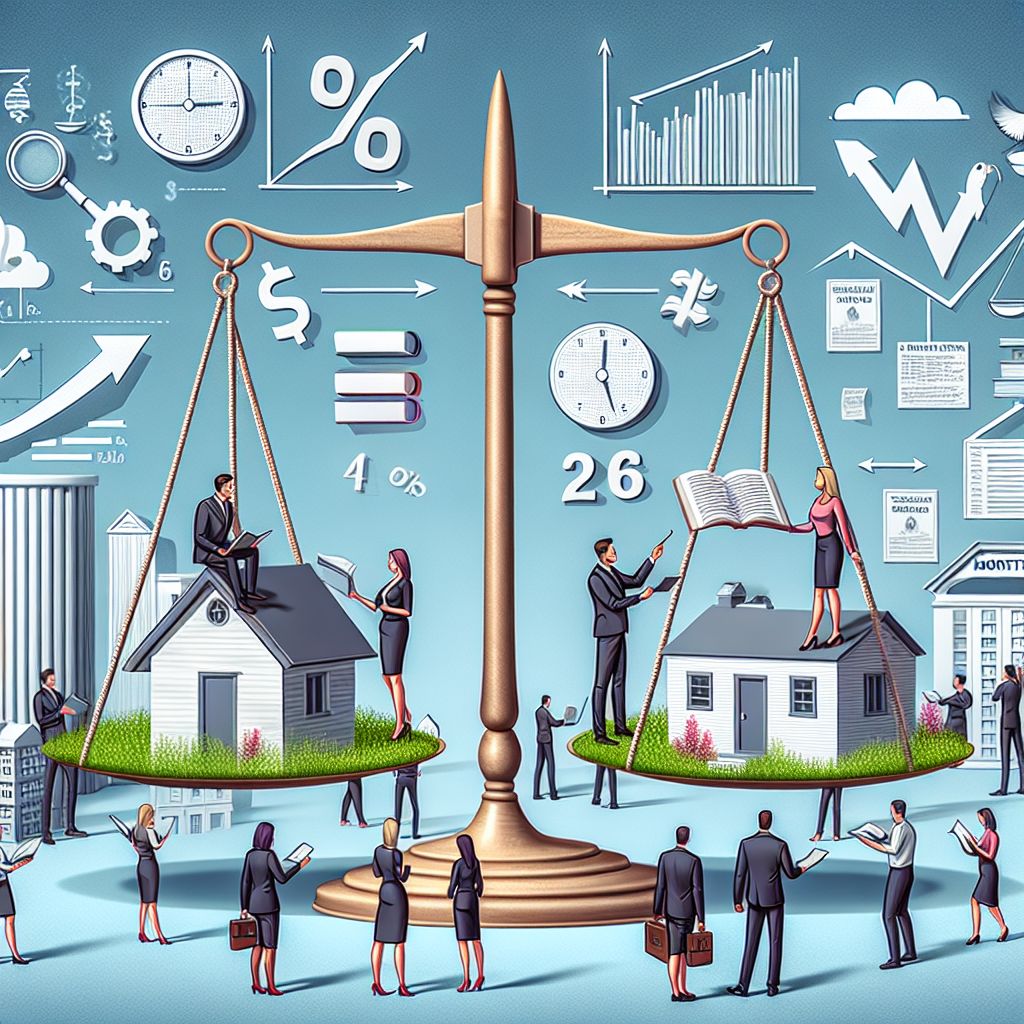Home prices are still up year-over-year in all 50 states and the nation's 100 largest markets, slowing is noticeable nationwide, and combined with recent interest rate reductions, is helping to improve the overall affordability outlook, according to the “Mortgage Monitor Report” from Black Knight Inc.
"At the end of December, home prices at the national level had fallen 0.3 percent from November for their fourth consecutive monthly decline," said Ben Graboske, president of Black Knight's Data & Analytics division. "As a result, the average home has lost more than $2,400 in value since the summer of 2018. And while home prices are still up on an annual basis, the slowdown continues nationwide and, importantly, is not being driven by seasonal effects.”
[adbutler zone_id="326324"]
[adbutler zone_id="326327"]
December marked the 10th straight month of slowing annual home price appreciation, falling from a high of 6.8 percent annual growth in February to 4.6 percent at year-end.
Nonetheless, annual growth is still outpacing the 25-year average of 3.9 percent--although the gap is closing quickly. Also, it's yet to be seen what impact the recent pullback in interest rates might have on the national home price growth rate.
"There is good news in these numbers for prospective homebuyers, though. Combined with the average 30-year fixed rate declining by more than half a point over the last three months, housing is now the most affordable it's been since early in the 2018 homebuying season. It currently requires 22.2 percent of median income to purchase the average home with a 20 percent down payment on a 30-year fixed-rate loan. That's down from a post-recession high of 23.4 percent just a few months ago.”
According to Black Knight, the recent decline in rates has translated into a more than 6 percent increase in a homebuyer's purchase power--while keeping monthly payments the same--or a decrease of $62 a month in principal and interest on the average home bought with 20 percent down.
While this is all welcome news for consumers heading into the spring homebuying season, it remains to be seen whether recent rate declines and easing affordability will be enough to halt the deceleration in home price growth.
Deceleration in home price appreciation is seen most acutely on the West Coast, particularly Washington State, and even more so in California, which has seen its annual rate of appreciation fall from over 10 percent in February 2018 to just 3 percent as of the end of 2018.
The slowdown has been most apparent in San Jose, Seattle and San Francisco, which have gone from being ranked first, third and fourth by annual home price appreciation, respectively, to all three being in the bottom 25 percent of markets within the past 10 months.
After seeing annual home price appreciation rates above 20 percent in 2017, prices in San Jose are now nearly flat from where they were one year ago. Home prices in San Francisco are up just 1.9 percent, while in Seattle home prices are up 3.1 percent from one year ago, whereas both metro areas had until recently been experiencing double-digit growth.







